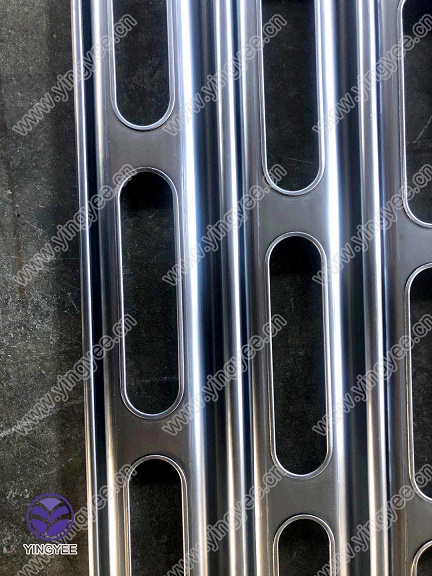
The Importance of C Purlin Forming Machines in Modern Construction
In the realm of modern construction, efficiency, precision, and adaptation to various requirements are paramount. One of the critical components that contribute significantly to achieving these goals is the C purlin forming machine. This innovative piece of equipment is designed to streamline the production of C purlins, essential structural elements in buildings, particularly in industrial, commercial, and residential applications. In this article, we will explore the functionality, advantages, and applications of C purlin forming machines.
Understanding C Purlins
C purlins are horizontal structural members typically used in construction to support roofs and walls. They derive their name from the letter C which describes their shape. These purlins are used extensively in steel buildings due to their durability, strength, and lightweight nature. They can efficiently distribute loads, making them ideal for both large-scale construction projects and smaller structures.
Functionality of C Purlin Forming Machines
C purlin forming machines are specifically engineered to fabricate these purlins from coiled steel or metal sheets. The process begins with rolling the raw material through a series of dies that gradually shape it into the desired C profile. The machine operates through several key stages
1. Material Feeding The raw steel coil is fed into the machine. 2. Roll Forming The material then passes through a set of rollers that continuously shape it into the C profile. 3. Cutting to Length Once the desired shape is formed, the purlins are cut to the required lengths using automated cutting systems. 4. Finishing Finally, the purlins may go through additional processes, such as punching holes for screws or applying surface treatments to enhance corrosion resistance.
The entire process is automated, which means that manufacturers can produce high volumes of purlins with minimal labor, thus reducing production time and costs.
Advantages of C Purlin Forming Machines
The adoption of C purlin forming machines offers numerous advantages to manufacturers and builders alike
1. High Efficiency These machines can produce a large quantity of purlins in a shortened time, significantly enhancing production efficiency. 2. Cost-Effectiveness By reducing labor costs and minimizing waste through precise cutting and shaping, C purlin forming machines lead to a decrease in overall production costs.

4. Quality Control Automated processes reduce the likelihood of human error, ensuring that the purlins produced meet strict quality standards.
5. Ease of Operation With user-friendly interfaces, these machines can be operated by individuals with minimal training, facilitating quick adaptation in manufacturing settings.
Applications of C Purlins
C purlins have found widespread applications across various sectors
- Industrial Buildings Often used in warehouses and manufacturing facilities due to their strength and ability to support heavy loads. - Commercial Structures Retail outlets and office complexes use C purlins as a cost-effective solution for roofing systems.
- Residential Projects In some cases, C purlins are utilized in the construction of homes, especially in modern designs incorporating steel frames.
- Agricultural Buildings These purlins also support structures like barns and storage facilities, which require robust framing to withstand harsh environmental conditions.
Future Trends
As the construction industry continues to evolve, the need for sustainable and efficient building materials is becoming more critical. The emergence of advanced technologies, such as automation and computer-aided design (CAD), will likely enhance the capabilities of C purlin forming machines. By integrating smart technologies, manufacturers can optimize production processes, further reducing costs and waste.
Conclusion
C purlin forming machines are indispensable tools in modern construction, contributing to the production of reliable, durable, and cost-effective building materials. Their ability to enhance efficiency, reduce costs, and facilitate customization makes them a valuable investment for manufacturers and builders alike. As construction methodologies advance, the continued evolution of these machines will undoubtedly play a key role in shaping the future of the industry.